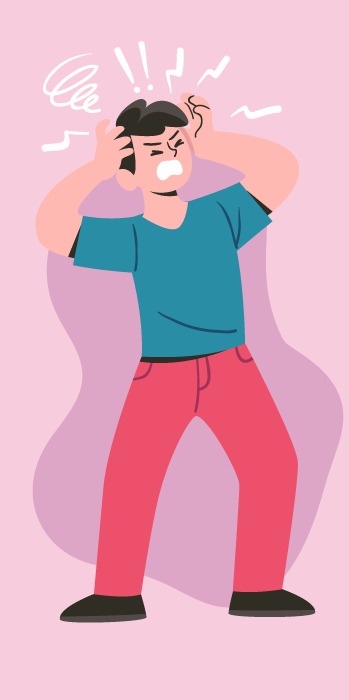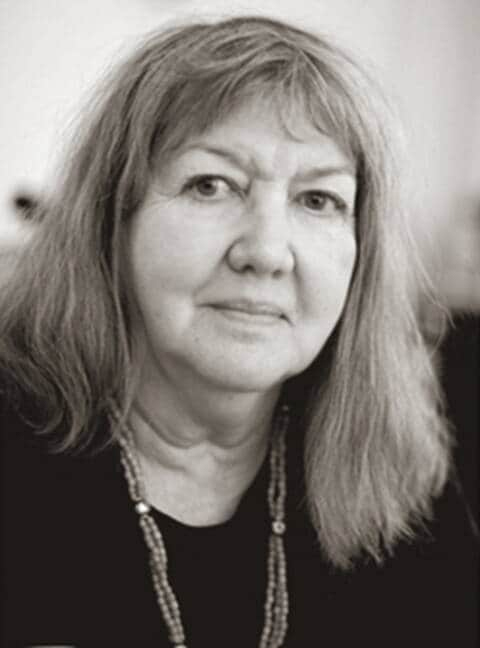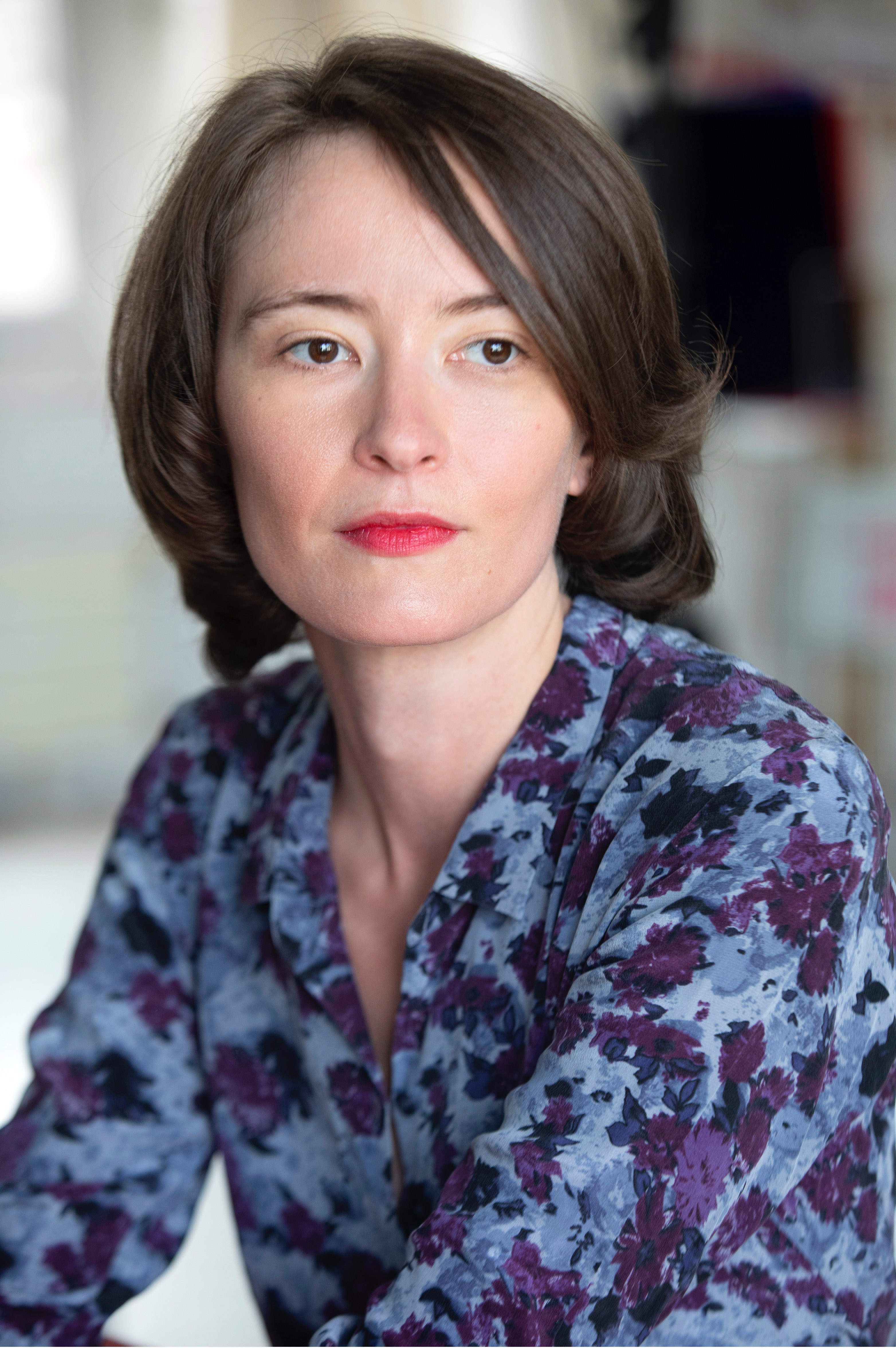Eco-anxiety From learning impermanence to action
By Emmanuelle Gallin 1
Eco-anxiety, solastalgia, biophobia, ecophobia, planetary terror, tierratrauma, topoaversion, nature deficit disorder, ecoparalysis, toponesia, meteoranxiety, collapsalgia 2… A whole new vocabulary tries to describe the nuances of this 21st century illness linked to an environment perceived as dangerous. Can we speak of a “new” notion of eco-anxiety? Hasn't it always accompanied men over the centuries? Why does the man of the 21st century seem less resistant to the uncertainty of the future? How to approach this new evil to relieve patients? How a constructivist approach makes it possible to transform an anxiety-provoking representation of the world linked to powerlessness into a radical 3 and voluntary dynamic. Following the conference on eco-anxiety organized by the Neo Sensus 4 on May 9, 2022, let's ask ourselves what appears to be one of the evils of the 21st century.
Eco-anxiety, evil of the 21st century
In December 2021, the results of an international survey published by the Lancet Planet Health journal revealed the extent of the phenomenon of eco-anxiety linked to climate change. Out of a sample of ten thousand people aged 16-25 from 10 countries, 59% of respondents feel “very” or “extremely worried” about climate change, 45% say that climate anxiety affects their daily life. The study also shows that those who live in countries directly impacted by climate change (India, Nigeria, Philippines) experience more intense unpleasant emotions.
Eco-anxiety, theorized by the American historian Theodore Roszak 5 as early as the 1970s, is fear by anticipation. Taken up in 1997 by Véronique Lapaige, Belgian-Canadian mental health researcher and defined as “extreme concern about current and future damage to the environment caused by human activity and climate change” (Oxford Dictionary). Psychiatrists compare this anticipatory anxiety of a fear directed towards the future to “pre-traumatic stress”. Clinically, eco-anxiety is manifested by symptoms related to anxiety disorders: panic attacks, insomnia, obsessive thoughts, eating disorders, etc.

On the contrary, solastalgia, created by Glenn Albrecht in 2003 from the notions of comfort (“solace” in English), desolation and nostalgia, designates an emotion experienced in the present, a “chronic emotion, located and painful, experienced in the face of a negatively perceived environmental change”, (Albrecht, 2020). This is the feeling that the Australian philosopher felt when faced with the gigantic coal mines that replaced the landscape of the northern region of Sydney, and that Australians today describe when faced with the charred lands since the fires that ravaged the country. . It is “the pain or distress caused by a continued absence of consolation and by the feeling of desolation caused by the current state of one's immediate environment and territory. It is about the existential, lived experience of negative environmental change, felt as an assault on our sense of place” (Albrecht, 2020). Symptoms of solastalgia are described as follows: "The people of the Hunter Valley still resided at home, but they felt a melancholy similar to traditional nostalgia, caused by the breakdown of their normal relationship between their psychic and emotional identity and their home. ".
But is this new vocabulary sufficient to describe the uncertainty and anxiety linked to the environment around us (epidemics, war, economic crisis, etc.). Psychotherapist Charline Schmerber, in a 2019 eco-anxiety survey of 1,066 participants 6 , found the term eco-anxiety to be “quite reductive. The people who responded to my survey did not necessarily feel anxiety. 84% of respondents mentioned other types of emotions, such as anger (24%), sadness (18%) or helplessness (9%). Eco-anxiety is thus linked to different emotions: anger, sadness, helplessness, worry, frustration. Others, on the contrary, will settle in a deep denial. If eco-anxiety is initially a feeling of distress, it can become dysfunctional and can, in some cases, lead to clinical disorders such as depression, panic attacks, or burnout. It can cause moral suffering, which may have an impact on daily life.

Faced with the increase in cases of eco-anxiety, networks of mental health specialists are being organized around the world. In Great Britain, the Climate Psychology Alliance (CPA), created in 2010, is interested in the psychological processes generated by climate change; in the United States, the Climate Psychiatry Alliance, created by Robin Cooper (Pr UC/USA) in 2021, trains professionals on the risks of the climate crisis in terms of mental health by listing the related pathological disorders and their severity/distribution and gives directions for research in psychiatry. The American Psychological Association (APA) published Mental Health and Our Changing Climate Impacts, Implications and Guidance in 2017 where the diagnostic terms "chronic fear of an environmental cataclysm" or "anxious state linked to climate change" are used.
In France, eco-anxiety is a recent subject imported by Alice Desbiolles in 2019. The survey conducted in 2019 by Charline Schmerber in France made it possible to characterize this phenomenon in France: out of 9 proposed environmental causes, biodiversity, resources in water and climate change would be the main sources of systemic anxiety or collapse. The other causes cited are the risks related to the functioning of the system, wars, shortages, violence, economic and health risks.
Eco-anxiety, a new phenomenon?
The history of humanity has been punctuated by cataclysms, wars, epidemics. How did men deal with eco-anxiety? Why does the man of the 21st century seem less resistant to the uncertainty of the future?
Psychologist Laurie Hawkes 7 reminds us that “anxiety is an inalienable characteristic of human beings. Some manage it more or less well, but it is always present. And the fear of the Apocalypse is recurrent. Similarly, the historian Jean Delumeau in Fear in the West 8 recalls that “the threat of punishment was one of the dominant features of preaching for centuries”. Violent times marked by conflicts and plagues are often conducive to reflections on the destiny of man and his end. The Baroque period perfectly illustrates this close link between anxiety, art and religion. Faced with the threats of wars, but above all with epidemics, cults of death and the afterlife developed in the 17th century, the art of vanities, the cult of the Souls of Purgatory in Naples after the plague of 1656 or even the development of invocations of new redeeming saints. Reinforcements of beliefs seem to closely follow the chronology of epidemics and wars in Europe. From a constructivist perspective, can we consider belief as a cure for fear and eco-anxiety? Does the Buddhist apprenticeship of impermanence make it possible to better face the great upheavals to come in our world? In our contemporary societies where individualism reigns, does the disappearance of beliefs contribute to the development of eco-anxiety? During the pandemic, the unknown and the unanswered questions have largely contributed to rekindling the fears associated with past epidemics. Man had to relearn the impermanence and uncertainty of tomorrow.
Jean Delumeau also recalls that fears are always an instrument of manipulation of the masses and that in 1917, the French government censored articles on the Spanish flu, which claimed hundreds of thousands of victims in Western Europe. Today, we know how much eco-anxiety, like the traumas linked to violent news, are fueled by an over-consumption of information and images.
Anne-Marie Moulin 9 , doctor and philosopher, director of research emeritus at the CNRS, wonders about the role of this feeling of fear "in our failures or on the contrary in our resilience in the face of our ills large and small, old and to come. ". However, as the philosopher Jean-Luc Nancy 1 0 reminds us: “I see us as old Romans at the end of the 5th century, who in certain texts showed an impression of decay, as if everything was going to hell. As if no more value or order at the time to come. At the same time, Christianity was developing and which basically was nothing more than a response to the anguish that gripped the time. A new society was going to be formed, but it took centuries.” Could eco-anxiety and solastalgia be emotions that allow man to survive great changes and accept impermanence?
Profile of the eco-anxious
Following her 2019 survey, Charline Schmerber draws up three profiles of eco-anxious people:
Activists: “They work in jobs related to 'sustainable development', constantly confronted with bad news. They feel that the people around them are not engaging enough. When I receive them, they are in what I call an “ecological burn-out”. They have lost their vital energy, they are cut off from hope. »

People sensitized to collapsology: “They come with a sense of urgency and seek solutions. They need to be reassured and to “prepare”. They express a great insecurity, but also a great energy that spreads all over the place and can lead to immediate actions, such as leaving your house in the city to live in the countryside. »
People who feel out of step with society: “They have always known, consciously or unconsciously, that the world was not going well and was out of step with their ecological conscience. With solastalgia or eco-anxiety, some have told me that they can finally put their feelings into words. They are rather in a form of acceptance, of lucidity, but can also feel anger in relation to social injustice or the inaction of public authorities. »
Eco-anxiety and therapy
The LE RAFUE Network of Accompaniment Professionals in the Face of Ecological Emergency organizes a pooling of data on the accompaniment of people suffering from collapsalgia. Some therapists, like Charline Schmerber, have developed specific protocols dedicated to this new ailment with, among other things, discussion groups, the development of sylvotherapy and a return to contact with nature. Many insist on the need to change the relationship of patients to the world and to themselves in the world. Faced with the increase in cases, initiatives are multiplying. The psychologist Françoise Di Costanzo and the engineer Rhalem Zouaoui, for example, created the association Néo Sensus 1 1 , with the aim of raising awareness among mental health professionals and patients about this new anxiety disorder through conferences and discussion circles. .
Eco-anxiety develops fantasized fears, often even scarier than lived fears. As described by Boris Cyrulnik 1 2 , the fears linked to the imagined war, sometimes recounted by parents or grandparents, are much deeper than those of people who have lived through the war. Eco-anxiety has this same hallmark of the trauma of the descendants of those who lived through war. Often obsessed by this latent threat, the patient will seek to confirm his belief in a dangerous world by seeking alarmist information. Everything around him will create the image of a world in danger in a process close to paranoid and phobic functioning.
In her survey, Charline Schmerber (2019) identifies 30% of people paralyzed by this anxiety and who can enter into “forms of compensatory mechanisms or have repercussions on their physical health. »
Others describe symptoms close to burnout: “Either I am prostrate and I can no longer do much, or I am hyperactive and I am setting up projects with my ecological collective and I am exhausted… not middle ground”.
In a systemic and strategic approach, the prescriptions related to anxiety and phobic disorders are very often adapted, with in particular the question of "How to make it worse?" or the "Anthropologist's Notebook", which lead to an experiment allowing the patient to take action by confronting his fear, because when one is in the middle of hell, the only solution is to cross. The patient thus experiences that any fear that one avoids turns into panic, and any fear that one confronts turns into courage and the capacity for action.
These are also the conclusions of Charline Schmerber's survey (2019) with 67% of respondents saying they are turning to action: “There is a coping strategy in the face of eco-anxiety. The action is very saving, it makes it possible to pass from a feeling of impotence to that of the utility. This can go through small gestures (a transition to “zero waste” or a change in food consumption) or through a more collective investment: some join citizen movements like Extinction Rébellion. They seek to raise awareness, but also to group together and promote mutual aid.

Alice Desbiolles returns to the positive consequences of this emotion. She recalls that the word “emotion” comes from the Latin movere, to move. Eco-anxiety triggers action by questioning our way of life. She testifies to her experience: “There is no real epidemiological data to know if eco-anxiety leads more to this movement, or on the contrary to clinical disorders. From my experience, I more often observe cases of people who will adapt and act in response to this disorder. Pathologies such as depression can appear, but this is not the majority. » 13
This is also the observation of Véronique Lepaige, doctor researcher in mental health, inventor of the concept of eco-anxiety: "I noticed, in the multicultural group of about fifty people that I followed at the time, that many expressed a similar identity malaise in the face of the appalling observation of what was happening around us. But this feeling was not only negative because it also caused these people to take responsibility for planetary changes. However, if we want to fight global warming, feeling responsible is essential. We must therefore not see eco-anxiety only as a problem but also as a driver for changing things. This feeling leads people to adhere to certain values, to an inner commitment. They will take a position in the public debate, come together and a collective leadership can then emerge. » 14
Conclusion: eco-anxiety, a constructivist approach to the world
From a constructivist perspective, eco-anxiety is an experiment in the powerlessness of the individual to interact with a situation that escapes him. It is driven by a feeling of helplessness, of renouncing to act, of a loss of confidence in society and in those who govern us. A feeling preceding resignation and fatalism, it allows action to be taken, to transform fear into courage. We also note in the testimonies the need often expressed to join a collective or a committed association, to recreate a link with one's peers. Could eco-anxiety be this latent moment linking doubt to fear that precedes action?
1 Systemic therapist, research fellow at LACT.
2 Glenn Albrecht is the originator of the terms solastalgia, planetary terror, tierratrauma, topoaversion (2003), meteoranxiety (2014), teracid (2016), terrafury (2017). In The Emotions of the Earth (2020), he traces the origin of this new vocabulary with, for example, the terms ecocide (Galston, 1970), biophobia (Keller and Wilson, 1993), ecophobia (Sobel, 1996), eco-anxiety (Lapaige, 1996), environmental generational amnesia (Kahn, 1999), nature deficit disorder (Louv, 2005), ecoparalysis (Rees, 2007), toponesia (Heneghan, 2013), collapse (Schmerber, 2019).
3 “radical” in the sense of Tara Brach's concept of radical acceptance.
4 The Neo Sensus association works to raise awareness of eco-anxiety. Contact :
5 Theodore Roszak. (1992). The Voice Of Earth: An Exploration Of Ecopsychology, New York, Simon & Schuster.
6 http://www.solastalgie.fr/enquete-eco-anxiete/
7 Laurie Hawkes. (2013). The fear of the other. Paris, Eyrolles.
8 Jean Delumeau (1978). Fear in the West (fourteenth-eighteenth centuries). A besieged city, Paris, Fayard.
9 https://www.medecinesciences.org/fr/articles/medsci/full_html/2020/06/msc200150/msc200150.html
10 https://www.liberation.fr/debats/2020/07/28/jean-luc-nancy-l-histoire-n-est-pas-terminee-elle-est-de-plus-en-plus-accidentelle_1795464/
11 Contact:
12 Boris Cyrulnik, The Plowman and the Wind Eaters: Inner freedom and comfortable servitude, Odile Jacob, 2022, 272 p.
13 Interview with Alice Desbiolles: https://www.caminteresse.fr/environnement/eco-anxiete-comprendre-languish-liee-au-changement-climatique-170939/
14 https://www.nationalgeographic.fr/sciences/2020/04/leco-anxiete-le-nouveau-mal-du-siecle